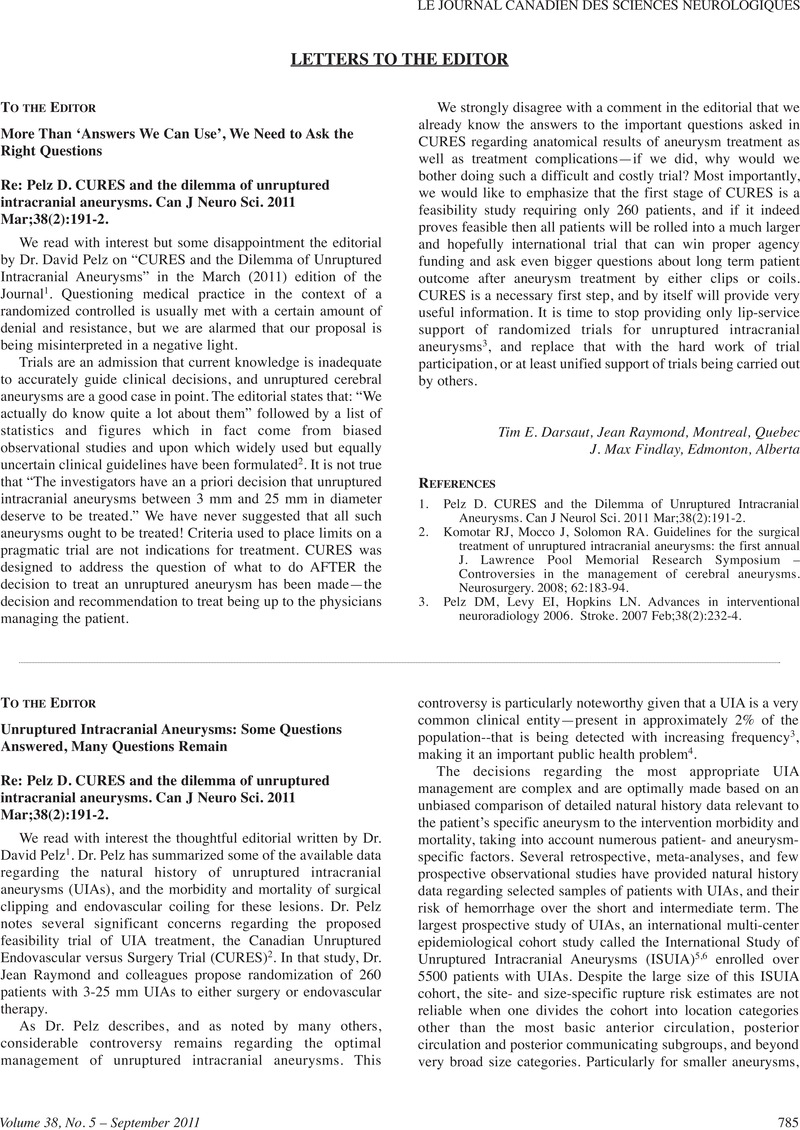Crossref Citations
This article has been cited by the following publications. This list is generated based on data provided by Crossref.
Bergmann, Carsten
Guay-Woodford, Lisa M.
Harris, Peter C.
Horie, Shigeo
Peters, Dorien J. M.
and
Torres, Vicente E.
2018.
Polycystic kidney disease.
Nature Reviews Disease Primers,
Vol. 4,
Issue. 1,
Sanchis, Irina M.
Shukoor, Shehbaz
Irazabal, Maria V.
Madsen, Charles D.
Chebib, Fouad T.
Hogan, Marie C.
El-Zoghby, Ziad
Harris, Peter C.
Huston, John
Brown, Robert D.
and
Torres, Vicente E.
2019.
Presymptomatic Screening for Intracranial Aneurysms in Patients with Autosomal Dominant Polycystic Kidney Disease.
Clinical Journal of the American Society of Nephrology,
Vol. 14,
Issue. 8,
p.
1151.
Wulfmeyer, Vera Christine
and
Schmitt, Roland
2021.
Was ist gesichert in der Therapie der autosomal-dominanten polyzystischen Nierenerkrankung?.
Der Internist,
Vol. 62,
Issue. 12,
p.
1259.


